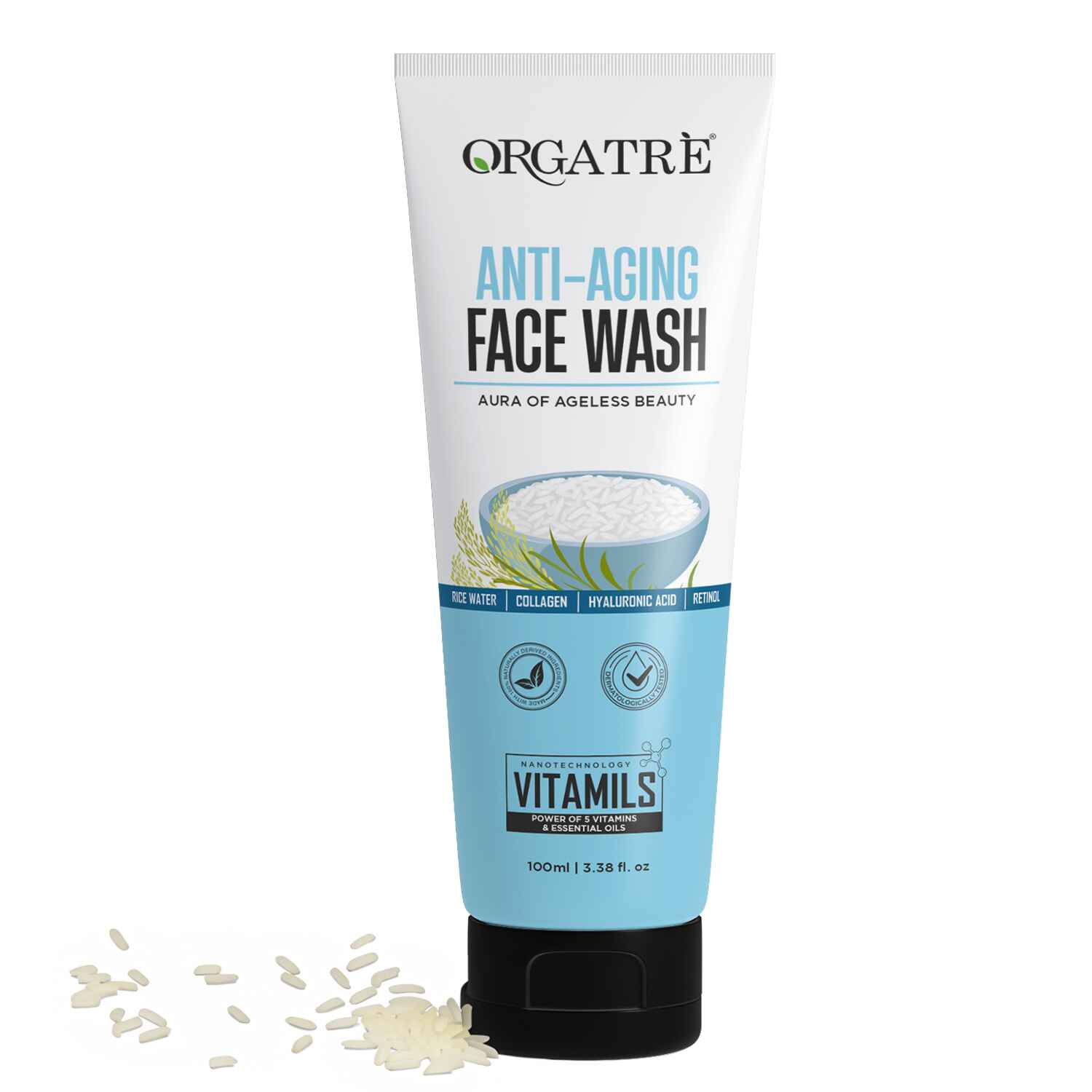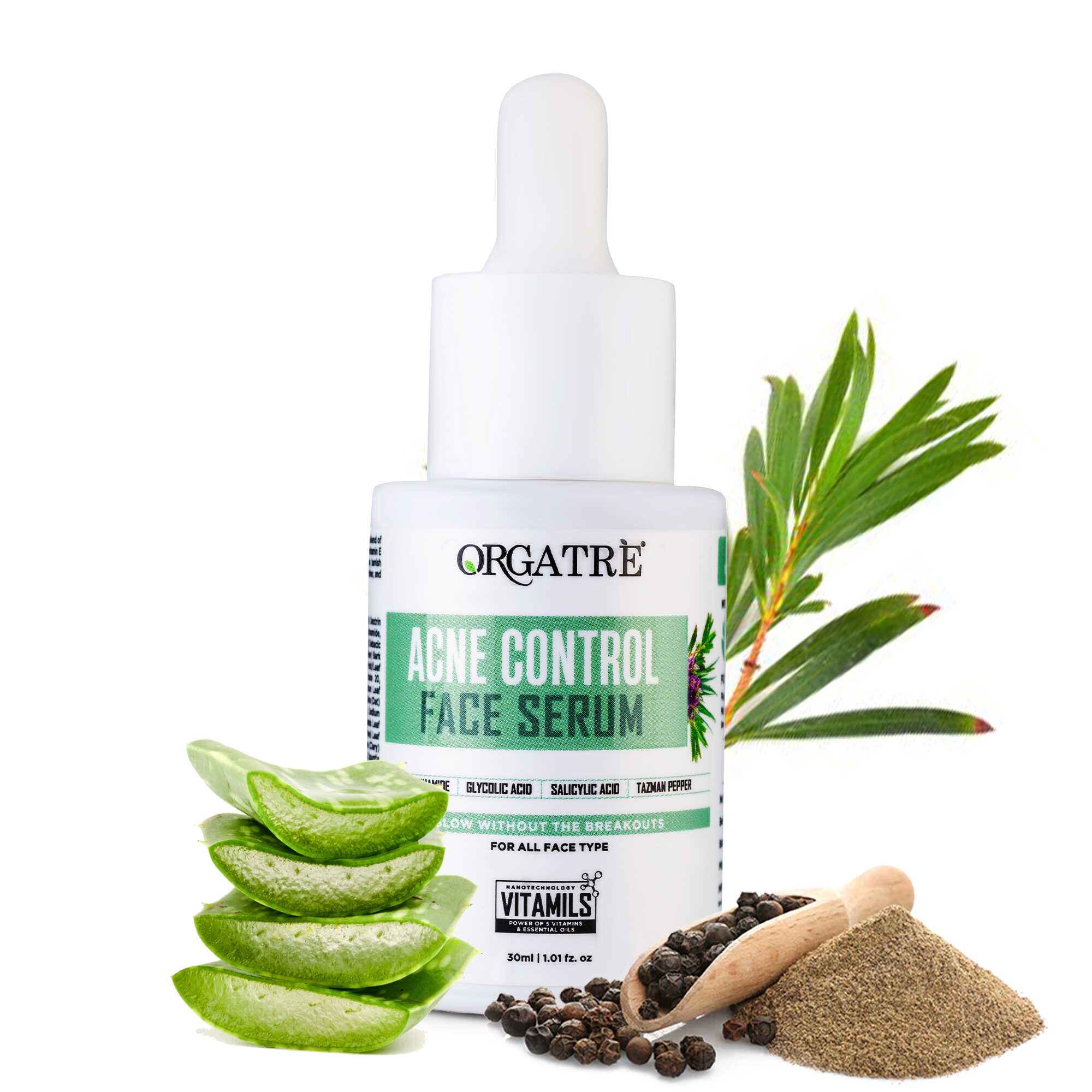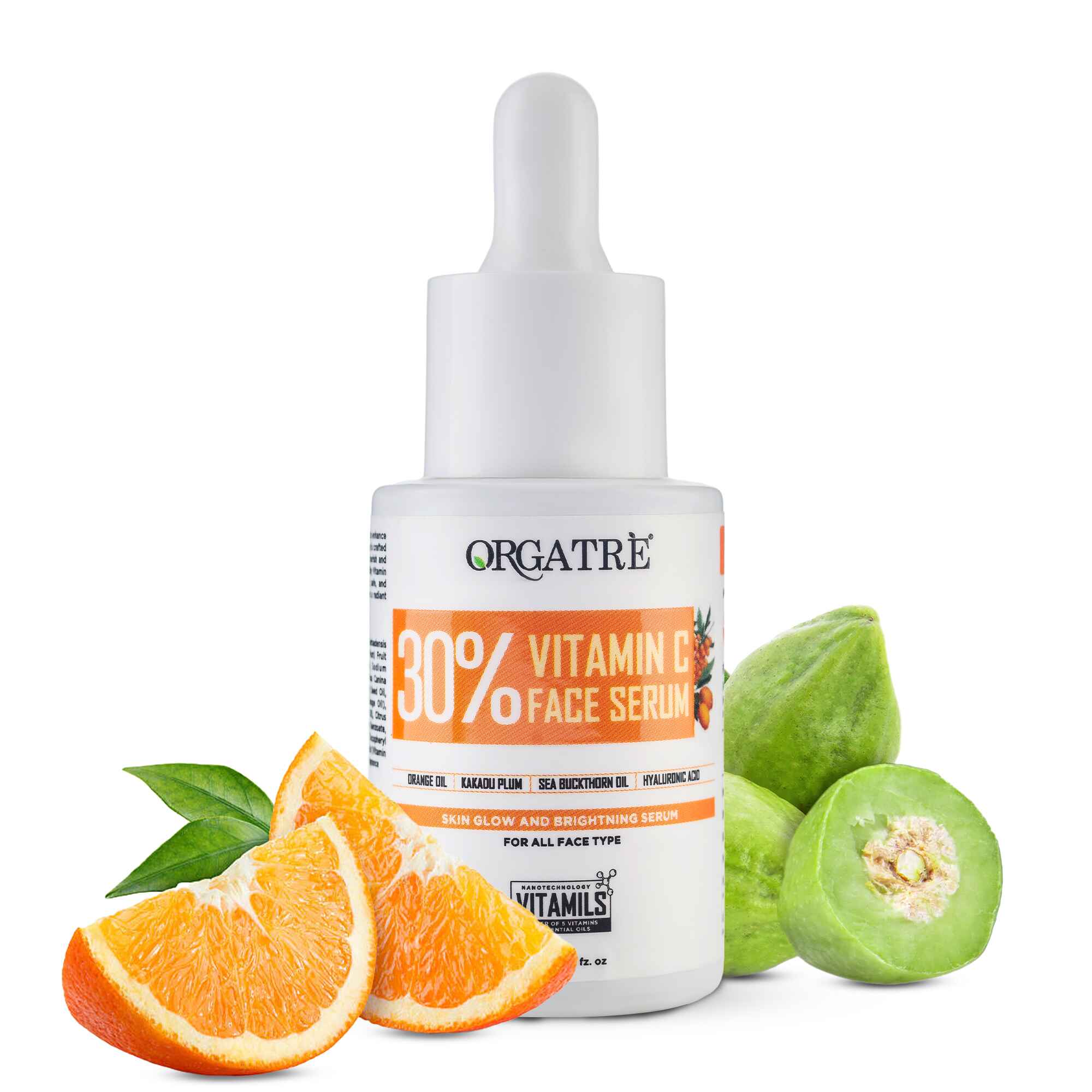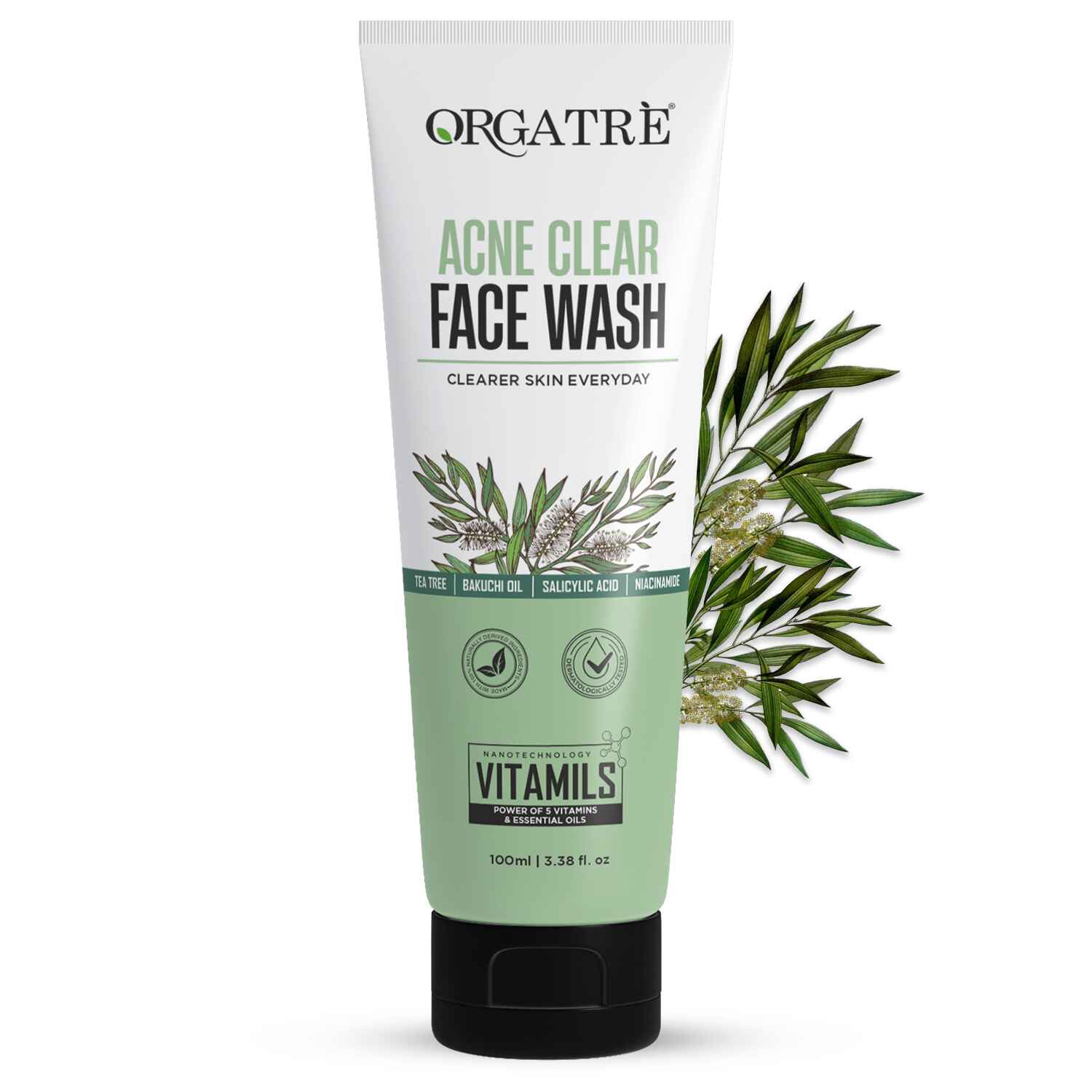The Ultimate Charcoal Face Mask Guide: Deep Cleansing, Tan Removal & Skin Detox
What is a Charcoal Face Mask?
A charcoal face mask is a skincare product formulated with activated charcoal to deeply cleanse, detoxify, and purify the skin. Unlike traditional masks, it works like a magnet to draw out impurities, excess oil, and environmental toxins trapped within the pores. This makes it an excellent solution for those struggling with oily skin, blackheads, acne, and dullness.
Charcoal face masks have gained immense popularity due to their deep-cleansing properties, making them a staple in many skincare routines. Whether you’re dealing with stubborn blackheads or looking for a reliable solution to combat tanning, a charcoal face mask for tanning can be a game-changer.
How Does a Charcoal Face Mask Work to Deep Cleanse Skin?
Activated charcoal is the star ingredient in the universe of masks. It has an exceptional ability to attract and bind to dirt, toxins, and excess oil. When applied to the skin, the mask absorbs these impurities and helps unclog pores.
Once dried, the mask can be washed off or peeled away, taking all the trapped dirt and oil along with it. This process not only cleanses but also helps tighten pores, giving the skin a fresh and rejuvenated appearance. The deep-cleansing action makes it a powerful charcoal mask for tan removal, helping to restore the skin’s natural radiance..
Top Charcoal Mask Benefits
A charcoal face mask is more than just a deep cleanser—it provides multiple benefits for the skin. Here’s why you should consider adding it to your routine:
- Oil Control for a Matte Finish
Excess oil can make the skin look greasy and lead to frequent breakouts. A charcoal face mask for women, and all genders can help absorb oil without stripping the skin of essential moisture, leaving a balanced and shine-free complexion of you.
- Effective Blackhead & Whitehead Removal
One of the biggest struggles in skincare is dealing with blackheads and whiteheads. The best charcoal mask for blackheads penetrates deep into the pores, loosening debris and impurities, making blackhead extraction easier.
- Detoxifies Skin from Pollutants & Impurities
Throughout the day, our skin is exposed to environmental pollutants and toxins. A charcoal de tan mask helps detoxify the skin by removing these harmful elements, keeping the skin healthy and refreshed.
- Helps with Acne & Breakouts
Charcoal is known for its antibacterial properties, making it an excellent choice for acne-prone skin. Regular use can reduce acne-causing bacteria, prevent breakouts, and soothe inflamed skin.
- Brightens and Evens Out Skin Tone
Tanning, sun damage, and uneven skin tone are common skin concerns. A charcoal face pack for tan removal works to lighten tan, brighten the skin, and restore a more even complexion.
- Tightens Pores for a Smooth Texture
Large pores can make the skin look uneven. Charcoal masks help tighten pores, giving the skin a smoother and more refined appearance.
How to Choose the Best Charcoal Face Mask for Your Skin Type
Not all charcoal masks are created equal. Depending on your skin type, you should look for a formula that caters to your specific needs.
- Oily Skin: Look for a charcoal mask with oil-absorbing ingredients like kaolin clay and salicylic acid.
- Dry Skin: Choose a mask with hydrating elements like aloe vera or glycerin to prevent over-drying.
- Sensitive Skin: Avoid masks with harsh chemicals or artificial fragrances to minimize irritation.
- Combination Skin: A multi-tasking mask with a balance of oil control and hydration works best.
For those looking for a best charcoal face mask that suits all skin types, a natural, ingredient-rich formula is the way to go.
Step-by-Step Guide to Applying a Charcoal Mask Correctly
To maximize the charcoal mask benefits, it’s essential to apply it correctly. Follow these steps:
- Cleanse Your Face: Wash your face with a mild cleanser to remove surface dirt and oil.
- Exfoliate (Optional): Light exfoliation with a good exfoliating gel, before applying the mask helps the charcoal penetrate deeper.
- Apply the Mask Evenly: Use clean fingers or a brush to spread the mask evenly across your face, avoiding the eye area.
- Let It Dry: Leave it on for 10-15 minutes or till dry.
- Rinse or Peel Off: Depending on the type of mask, wash it off with lukewarm water or gently peel it off.
- Moisturize: Follow up with a hydrating moisturizer to lock in moisture.
For best results, use a charcoal mask 2-3 times a week, depending on your skin’s needs.
Common Mistakes to Avoid While Using Charcoal Masks
Using a charcoal mask incorrectly can reduce its effectiveness and even lead to skin irritation. Many people assume that more is better, but when it comes to charcoal masks, a proper application technique is essential. Here are some common mistakes you should avoid to get the best results.
- Leaving It on for Too Long
One of the biggest mistakes people make is thinking that keeping a charcoal mask on longer will provide deeper cleansing. In reality, leaving it on for too long can over-dry your skin, leading to irritation and redness. A charcoal mask typically takes 10-15 minutes to work its magic. Anything beyond that can strip your skin of natural oils, making it feel tight and uncomfortable. Always follow the instructions on the packaging and rinse it off on time.
- Applying a Too-Thick or Too-Thin Layer
A common misconception is that slathering on a thick layer of a charcoal mask for blackheads will make it more effective. However, a thick layer takes longer to dry and can be harder to remove. On the other hand, applying too little product won’t give your skin the proper coverage needed for detoxification. The ideal method is to apply an even, moderate layer that fully covers the skin without being overly thick.
- Not Cleansing Your Face Before Application
Applying a charcoal mask on unwashed skin means that dirt, oil, and makeup residues stay trapped under the mask. This reduces its ability to properly penetrate and pull out impurities. Always cleanse your face thoroughly before applying a charcoal mask. Using a gentle face wash or exfoliating scrub beforehand helps remove surface grime, allowing the mask to work more effectively.
- Skipping Moisturizer After Using a Charcoal Mask
Since charcoal masks absorb excess oil, many people assume they don’t need to moisturize afterward. This is a mistake. Even though your skin might feel fresh and clean, it still needs hydration. Skipping moisturizer can lead to dryness, which may cause the skin to produce even more oil to compensate. After washing off your charcoal mask, always apply a lightweight, non-comedogenic moisturizer to maintain balance.
- Using It Too Often
Charcoal masks are highly effective at removing impurities, but using them daily can strip the skin of essential oils. Overuse can lead to irritation, dryness, and an overproduction of sebum as your skin tries to compensate for lost moisture. For most skin types, using a charcoal face mask for women or men 2-3 times a week is enough to keep your skin clear and balanced.
- Applying It on Broken or Irritated Skin
If you have cuts, burns, or active rashes on your face, applying a charcoal mask can make things worse. The mask can cause stinging and further irritation, slowing down the healing process. If your skin is inflamed, it’s best to wait until it recovers before using any deep-cleansing masks. And always do a patch test on the neck area before applying it all over your face.
- Not Choosing the Right Charcoal Mask for Your Skin Type
Not all charcoal masks are the same. Some formulas contain additional ingredients like clay, essential oils, or acids. If you have sensitive skin, using a mask with strong exfoliating properties can lead to redness and irritation. On the other hand, if you have oily skin, a charcoal de tan mask with oil-controlling ingredients will work best. Always choose a product suited to your skin’s specific needs.
Difference Between Charcoal vs. Other Tan Removal Face Packs
Many people assume that all face packs work the same way, but different formulations serve different purposes. Charcoal masks and other tan removal face packs may share some benefits, but they differ in how they work and the results they provide.
- Charcoal Masks: Deep Cleansing & Detoxification
A charcoal face pack for tan removal primarily works by absorbing excess oil, drawing out impurities, and deep-cleaning clogged pores. It is best for those with oily or combination skin who struggle with blackheads, acne, and pollution-related dullness.
- Sandalwood & Multani Mitti Face Packs: Cooling & Brightening
Traditional face packs made with sandalwood, Multani mitti (Fuller’s Earth), or turmeric are often used to remove tan. These packs brighten the skin and provide a cooling effect, reducing redness and sun damage. However, they don’t have the same deep-cleaning power as a charcoal mask for tan removal.
- Fruit-Based Face Packs: Hydration & Glow
Fruit-based face packs often contain natural fruit extracts like papaya, orange, or lemon, which work to exfoliate and brighten the skin. While they help in reducing tan, they don’t offer the oil-absorbing and blackhead-removing benefits of a charcoal face mask.
- Clay Masks: Oil Control & Skin Tightening
Clay-based masks, such as kaolin or bentonite clay masks, absorb excess oil and tighten pores. However, they don’t necessarily detoxify the skin as thoroughly as charcoal masks do. If you’re looking for deep pore cleansing and tan removal, charcoal masks are the better choice.
Difference between Charcoal vs. Peel-Off Masks vs. Clay Masks – Pros & Cons
With so many mask options available, it can be confusing to choose the right one. Here’s a quick comparison of charcoal masks, peel-off masks, and clay masks to help you decide:
- Charcoal Masks are best for deep cleansing, blackhead removal, and oil control.
- Peel-Off Masks help remove dirt from skin but can be harsh if used frequently.
- Clay Masks provide excellent oil control but may not penetrate deep enough to remove blackheads & impurities like charcoal does.
If your goal is detoxification, tan removal, and pore purification, a charcoal de tan mask is the best option.
Conclusion: Choosing the Right Ingredients for Your Skin Type
Adding a charcoal face mask for tanning to your skincare routine can make a significant difference, especially if you live in a polluted environment or struggle with acne and blackheads. However, choosing the right product and using it correctly is key to getting the best results.
If you’re looking for a hassle-free and effective solution, Orgatre’s De-Tan Face Mask Stick for Deep Cleansing & Detoxifying is a must-try. This convenient, easy-to-use stick is packed with natural ingredients that deeply cleanse, remove tan, and restore your skin’s glow. Unlike messy traditional face packs, this stick format ensures a smooth and even application without any wastage.
With regular use, a good charcoal face mask can leave your skin looking clearer, brighter, and healthier. So the next time your skin feels clogged or dull, treat yourself to the magic of charcoal and experience a deep detox like never before.









